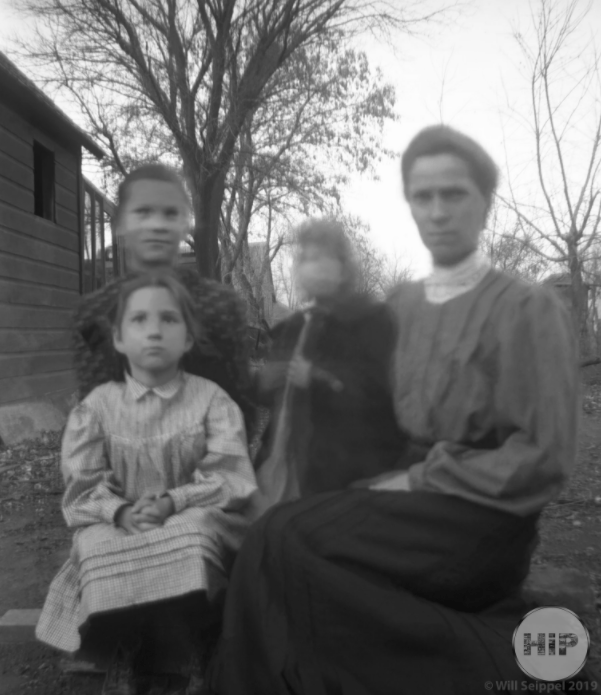
Gerhard Richter’s Atlas lives on my coffee table. An unassuming book, if ever you could call an 862-page tome such, it is a rousing and interesting collection of photographs, clippings, and sketches amassed by the artist. Spanning his entire career, the book gives you a glimpse into the artist’s life and mind. Blurry images of Mao, family photographs, aerial images of Germany, jewelry advertisements, newspaper clippings, snapshots of flowers and glaciers taken on vacation—individually they seem mundane, but when considered collectively, the archive creates manifold understandings of not only Richter’s practice but life itself, through the strange and wondrous juxtapositions.
Despite being images collected by a famous artist, the depictions included are considered “vernacular photography”—as they are images produced and consumed outside the realm of fine art. I use the term “images” rather than photographs since their quotidian nature belies an intentionality external to professional photography. These images, like so many of the images we see today, are not meant to be understood as art, not intended for an exhibition or meant to be interpretive. Vernacular photography at its essence fully embodies the indexicality of the photographic medium: snapshots, ads, and other non-professional images that are exactly what they seem—an earnest depiction of a moment, object, or person. While abstraction may occur, in the sense that the depicted subject may not be easily decipherable, vernacular photography is purely visual, requiring no abstraction in thought to interpret the image.
Vernacular photography has been around for nearly as long as photography itself. Alternatively called “domestic” or “functional” photography in its early years, vernacular photography came to be as photography became more widespread in the 1880s, thanks to George Eastman and Kodak. As photography became accessible to those outside of fine art and the scientific development of the medium, vernacular photography caught on like wildfire. From the earliest days of photography, people have been taking images of vernacular subjects, like snapshots of family gatherings, vacations, friends, pets, homes, and events.
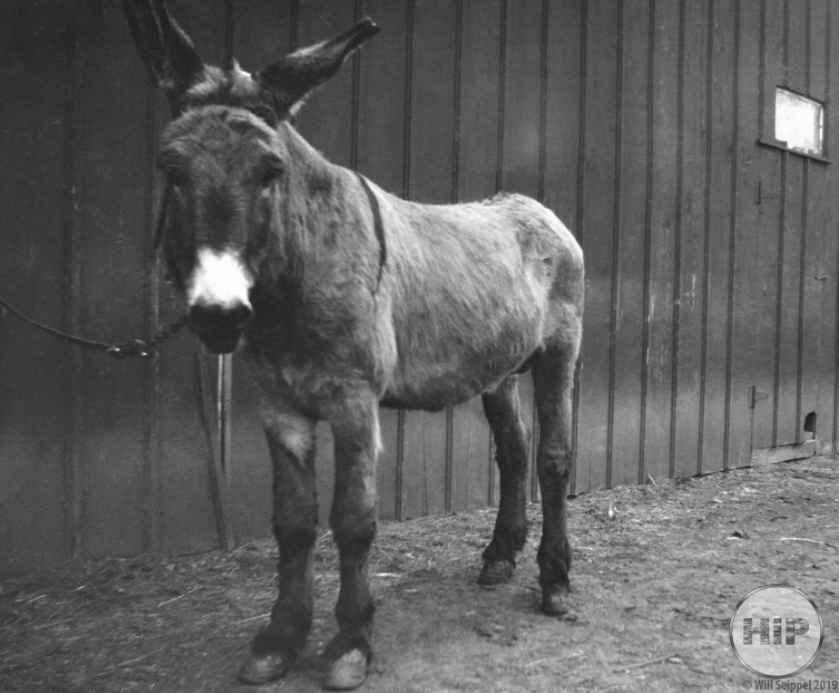
These images allowed people to document their lives, giving them the means to share their experiences and surroundings with others in a manner not experienced before photography. Prior to photography, the average person had little ability to document or share their lives with others, outside of oral accounts and the written word. Photography revolutionized the notion of the personal archive, as vernacular images gave glimpses into the personal lives and lived experiences of people. Today we are surrounded by vernacular photography, as social media and messaging platforms have created a culture of image saturation. The vast majority of the images we consume now are vernacular in nature, which has caused many collectors, curators, academics, and institutions to rethink the ways in which we relate to this under-recognized genre.
For over a hundred years, the majority of photography that was taken seriously by fine art institutions and collectors was produced by those deemed professionals. These professionals often underwent formal training or mentorship, attending art schools or shooting alongside other artists. This narrowed focus of photography has led to large chunks of photographic history being overlooked. It was not until the 1990s that we see vernacular photography being taken more seriously, with major institutions beginning to hold exhibitions of such photography in the 21st century. This shift is incredibly important as up until this point, most vernacular photography, and thus its photographers, had been completely written off. This oversight has handicapped the history of the medium, and we are only now beginning to unravel the damage and biases put in place.
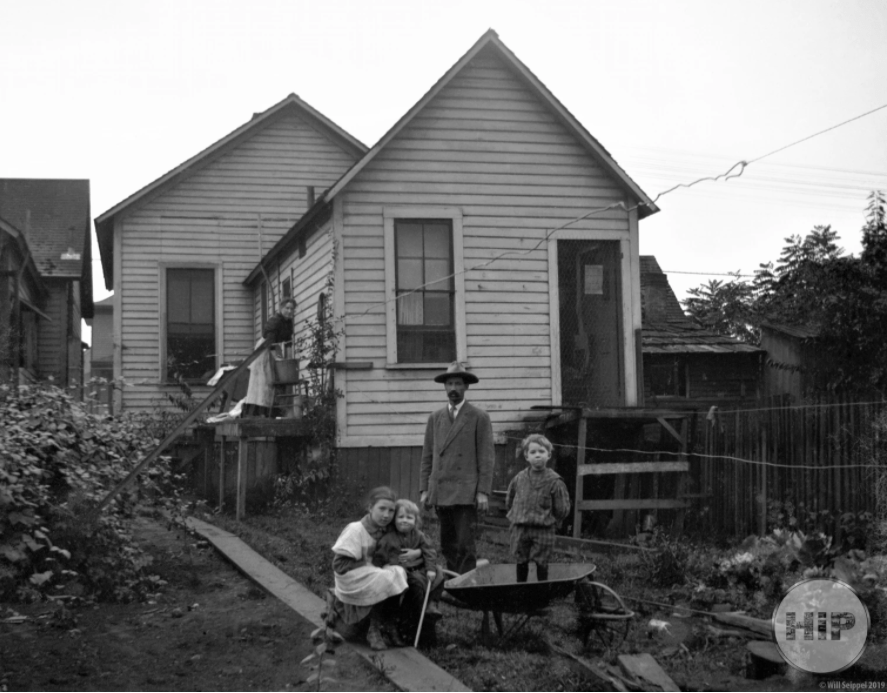
Vernacular photography allows us to appreciate the authorship and histories of groups and individuals that have otherwise been marginalized within the art historical canon. While vernacular photography has widely been considered authorless since the images are not ascribed to particular known photographers, this assumption that value is attached only to a name is false. There is always an author, a photographer who found value in the depiction, who sought to document an experience or moment from their point of view. While photography is a medium of mediation, it is also often argued to be an extension of the photographer. Recognizing the value of images shot by those within marginalized communities, documenting their lived experiences and conditions allows us the opportunity for a greater understanding and appreciation of these communities and constituent individuals.
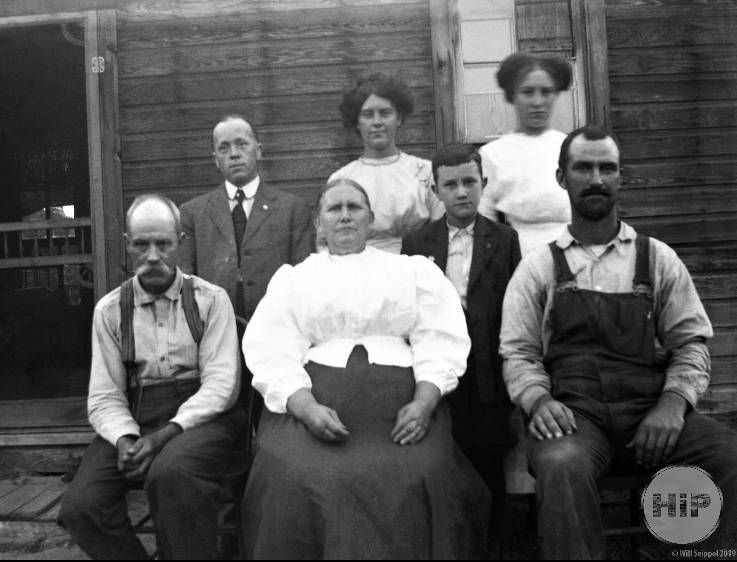
This growing appreciation for vernacular photography has created many collecting opportunities. Vernacular photography can be a terrific entry point into collecting the medium, as it is often reasonably priced. History in Photographs is largely a collection of vernacular images, but as anyone that has spent time with the collection can attest, there is great value and visual interest within these images. Many vernacular photography collectors choose to center their collection around a theme, like maritime photos or lunar images – like those featured in The Metropolitan Museum of Art’s 2019 exhibition “Apollo’s Muse: The Moon in the Age of Photography.” These images can be very artful in their own right, offering rare glimpses into people’s lives. You can often find these vernacular photographs for sale in antique shops, at markets and other resale gatherings, online resale shops, and auction houses. You may even find some tucked away in your own basement or attic. I personally love purchasing boxes of mixed photographs on eBay; there is something about sifting through these images that makes me feel connected to the past. Vernacular photography surrounds us, and now it is time for us to truly look.
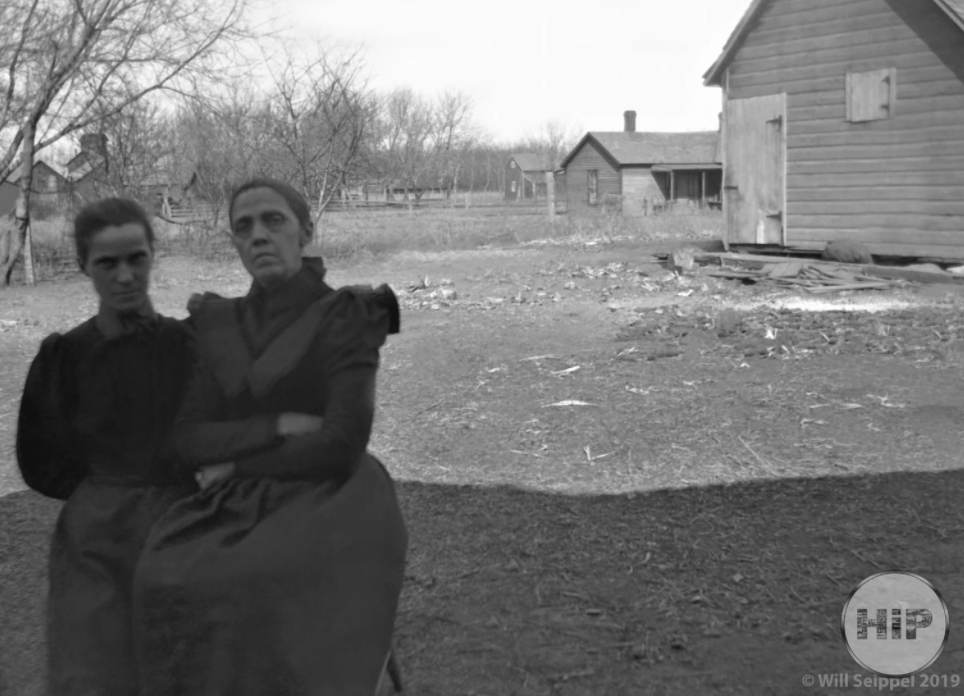
Megan Shepherd is a curator, freelance writer, and artist. She has worked in fine art museums for a decade and holds two master’s degrees in the field. When she takes a break from art, she enjoys science-fiction books, antiquing, backpacking, and eating her weight in Dim Sum.
This article was originally published by WorthPoint on WorthPoint.com

